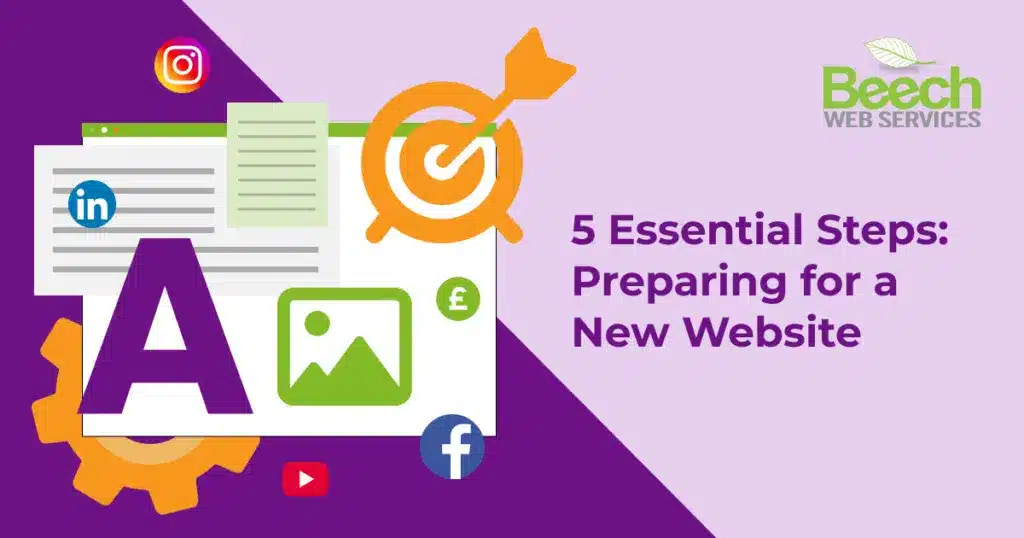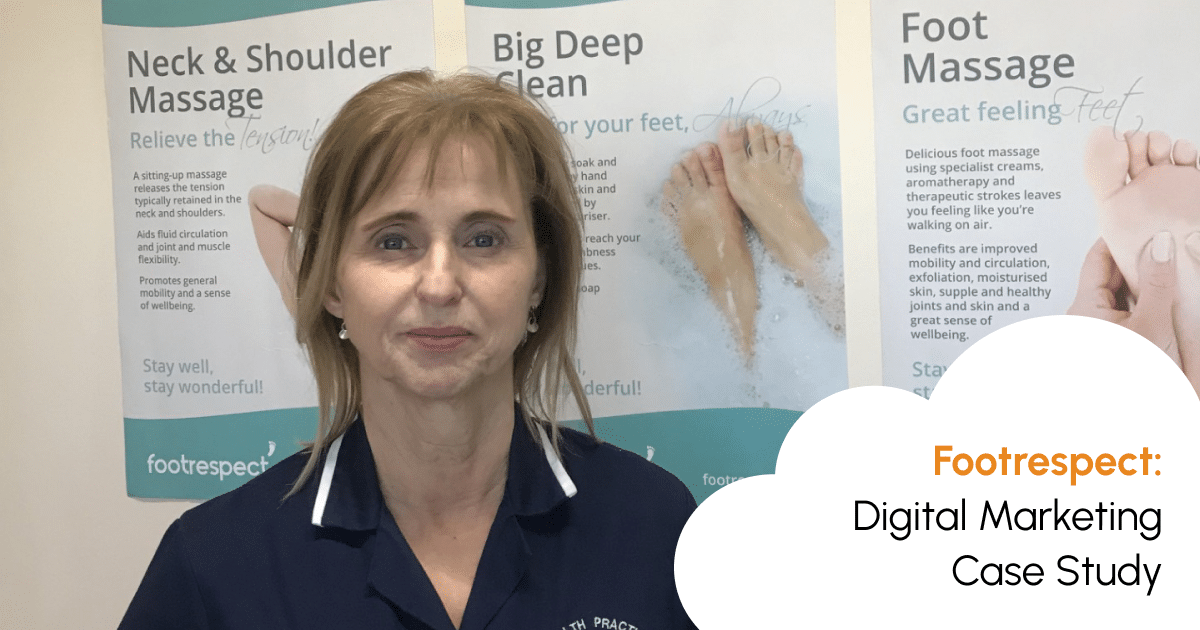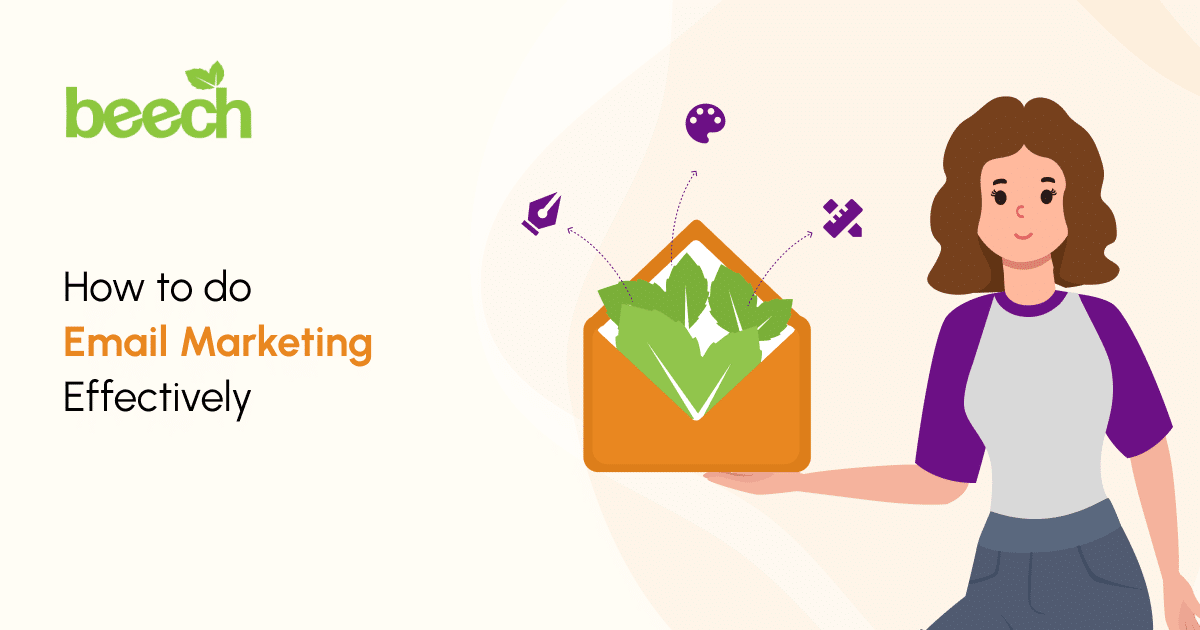A website is often our audience’s first impression of our business and what we can offer them. Whether it’s launching a new website or revamping an existing one, the success of a website project relies on efficient preparation and a strategic understanding of its purpose.
This blog post will highlight five key elements every business owner should have prepared before starting a new website project, with some extra tips along the way!
Step 1: Who are we?
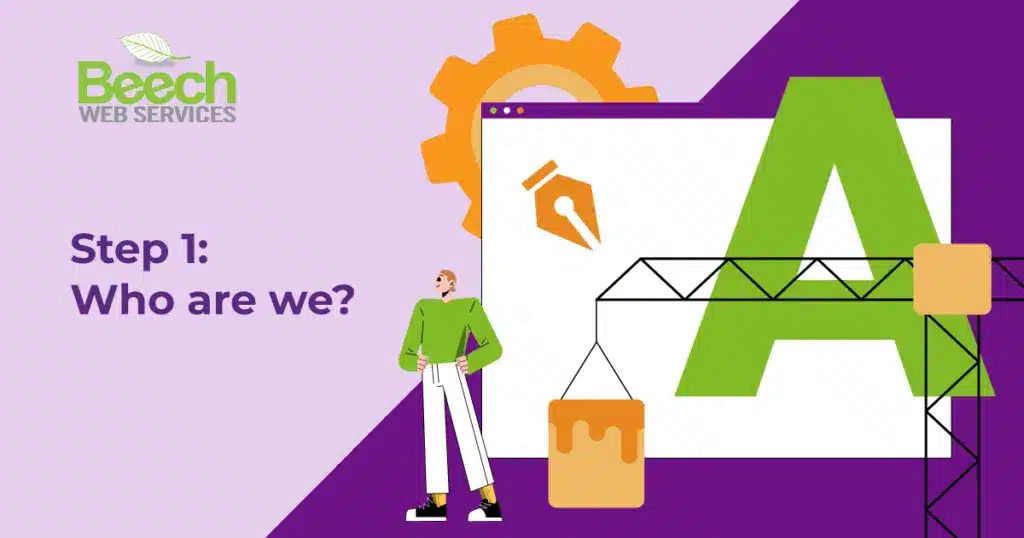
Defining a brand identity should be the first step in any new marketing project. This is especially true for a website, which acts as the hub for all marketing activities and is the face of our brand. To grab the attention of the target audience and ensure they connect with our brand online; we need to establish a clear understanding of each element.
Which branding elements should be considered?
- The logo
- Other imagery
- Brand values
- The mission
- Tone of voice
- Unique Selling Points (USPs)
For maximum impact, branding should be consistent and cohesive across all channels. It’s important that we consider how we want visitors to perceive our brand so the website design and messaging can be tailored to them. A strong brand that is cohesive and memorable for the target audience helps to encourage engagement, nurture trust and credibility in our industry, and potentially lead to conversions.
Step 2: Who are we talking to?
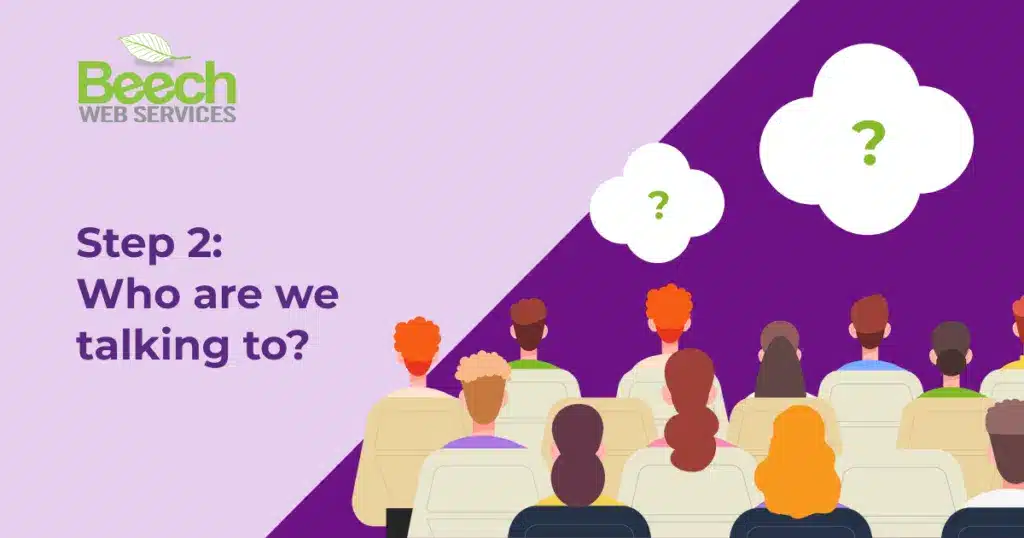
If we want our website to reach the right people, we must be able to determine who they are. Having a distinct awareness of the business’s target audience allows us to optimise our website content specifically to cater to them and their needs. This will inform decisions regarding design, content, and functionality.
It’s important to acknowledge our audience throughout their entire customer journey, which means understanding what it is they’re looking for when they choose to visit our website and how our products or services can help them. Online marketing, with website’s a prime example, should help to inform the visitor’s decision to choose us, and prove our value. Doesn’t quite make sense?
By catering for the right audience, we ensure that we can do this for our website visitors and encourage them to further engage with us, instead of targeting the wrong people who aren’t likely to convert to customers or clients.
A bonus tip: While understanding who our audience is, it’s also important to consider where they might be. For example, an e-commerce business selling their products in various countries would be expected to optimise their content for different languages as their audience wouldn’t only be UK-based. Alternatively, a small business owner offering local beauty and health treatments should prioritise their local audience when planning their marketing strategy and website content.
Step 3: What should we say?
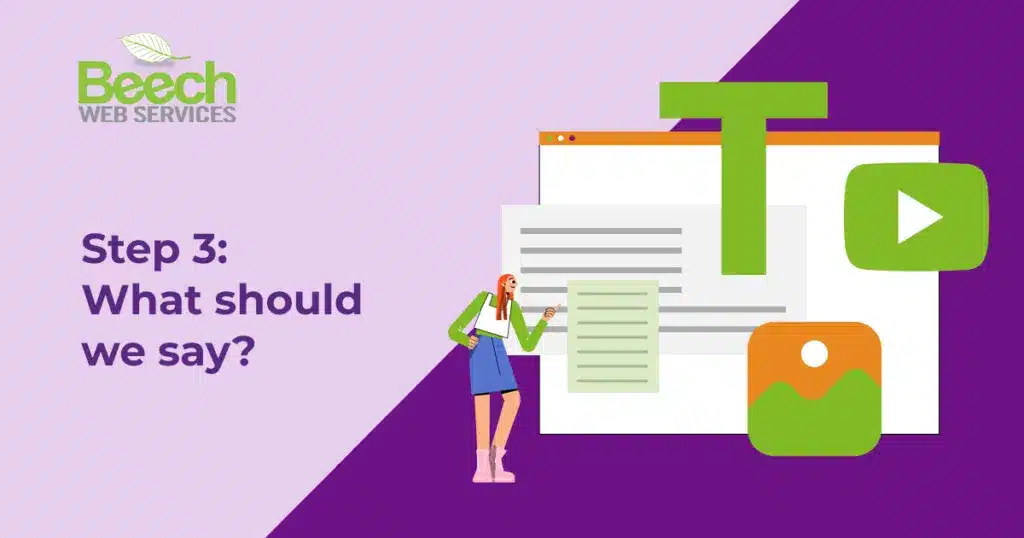
Everything we include on our website should serve a purpose. Choosing high-quality, relevant content can help visitors easily understand who we are, what we do and how we can help them. This content should be engaging, respective to our brand, and provide value and credibility to the business and our offering.
Optimising content based on audience research and industry standards and best practices allows us to establish our website as an authority among competitors and appear professional to those we want to convert into customers. It’s also important to remember search engine optimisation, ensuring our content is readable to web robots with relevant keywording and alt information. This helps us to improve search engine rankings and increase visibility in search results.
Examples of content to include:
- Images and videos
- Text
- Blog posts
- Products and service descriptions
- Calls to action
We’d also recommend prioritising accessibility when choosing and implementing content into a website. To avoid isolating visitors with different accessibility requirements, take the time to consider how they might interact with content and optimise it, making it easier and more suitable to their additional requirements.
Step 4: Why are we doing this?
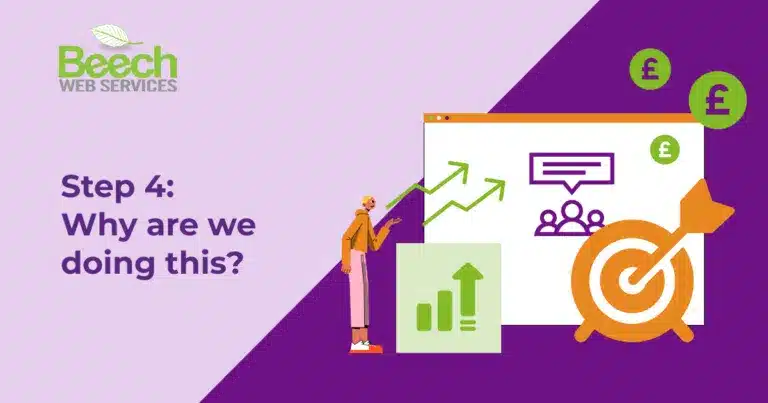
Before starting a website project, it’s important to be clear on goals and objectives. Setting clear goals and aligning them with marketing strategy means the energy, time and money committed to a website project isn’t wasted by not knowing the objective. To understand our goals, we need to decide what the purpose of the website is:
- Is it driving sales?
- Should the website be generating leads?
- Is the purpose to increase brand awareness among our audience?
- Are we advertising services?
Clarification on the website’s purpose allows us to create a finished website that aligns with our goals and targets the correct audiences to achieve them. Outlining specific metrics, for example conversion rates, growth in website traffic, social media engagement or number of sales helps to measure whether the new website is successful at meeting the goals and objectives set. It’s also useful to map out the customer journey, identifying any key touchpoints that could lead to a conversion for the business online.
Through aligning our website objectives with the overall business goals, we can construct a guide for decision-making throughout the project. By continuously monitoring and analysing performance metrics, we can optimise our website for further success.
Step 5: How do we spread the word?
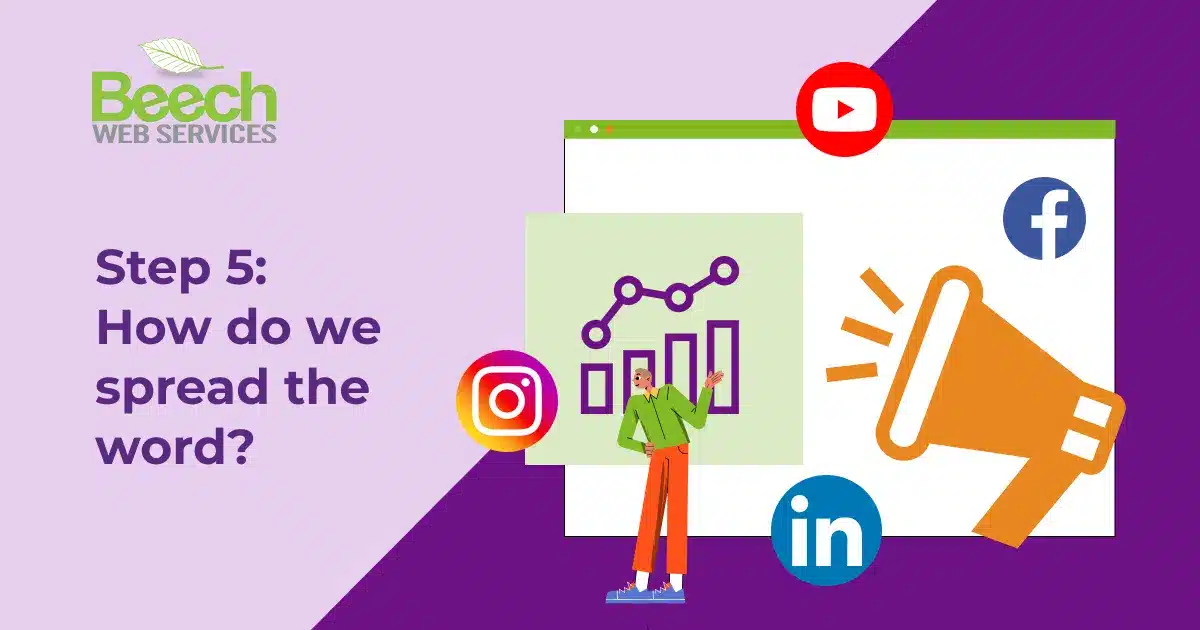
Launching a website is just the beginning. Promotion via social media, paid advertisements, and other marketing strategies help to drive traffic to our website and continue to make it an effective online tool for our business. After launching a new website, developing a comprehensive marketing strategy takes advantage of multiple marketing channels for example search engine optimisation (SEO), social media marketing, email marketing, and paid advertising. From this strategy, we can then generate further interest in our brand and encourage more engagement from our target audience.
The best way to create an effective marketing strategy is to:
- Identify the most effective channels and platforms to communicate with your audience
- Create engaging content for these platforms that encourages visitors to interact with the brand
- Use analytics to determine which areas are most successful to continue these activities in future planning
- Continuously review the strategy to ensure that it is meeting the goals and objectives for the website and bringing in the right audiences
Promotion is an ongoing process and requires consistency to be most effective. Experimenting with various types of content, different platforms and channels, and investigating opportunities such as paid ads can help maximise the business’s visibility online.
To summarise
When starting a new website project and launching it to the public, it requires careful planning, understanding of the target audience and business objectives, as well as a plan post the launch itself. By prioritising the areas we’ve mentioned above, we can create a s website strategy that is more likely to meet goals and achieve a positive result for the business.
When preparing for a new website, staying informed on industry trends, competition, and best practices allows the strategy to evolve throughout the development process and build a great website that we can be proud of for our business and its audience.
Working with a partner like us, with expertise in all aspects of digital marketing, can help to ensure that vital steps are taken to promote website growth and businesses can feel supported every step of the way.
